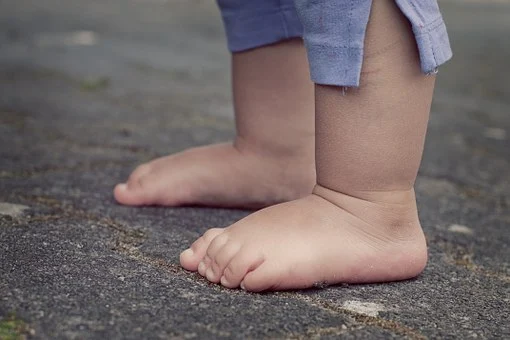Separation Anxiety
Separation anxiety cries and clinging to you are not a sign of behavior disorder, they are part of your growing child’s natural development. Although “separation anxiety”, which appears for the first time when your baby is 7-8 months old, seems to disappear for a while, it starts again towards the age of one and a half. The child in this period feels safe when he is with his mother. This sense of trust is damaged when the mother is out of sight. The child also questions the existence of his mother, whom he can no longer see in the room he is in. He does not realize that his mother has only gone as far as the next room and will be back soon. She worries because she can’t make sense of his sudden disappearance. For the child who does not fully understand the concept of time, the mother’s saying “I’m leaving now, but I’ll be back in half an hour, don’t worry” doesn’t mean much. He is greatly worried by the thought that his mother will leave there and will not exist from the moment he leaves.
The “separation anxiety” experienced by almost every child in early childhood is a source of stress not only for children but also for parents. Many mothers try not to spend time apart from their children just to avoid the feeling of guilt this moment creates in them. But this of course cannot be the solution. Quietly disappearing unnoticed may sound like a good solution. Although this method saves you from experiencing that stressful moment in the short term, it certainly cannot relieve your child’s anxiety, on the contrary, it will cause it to increase and make subsequent separations even more difficult.
What Causes This Situation?
In the early childhood, the child recognizes the mother, her voice and smell and feels safe when her mother is with her. Even the slightest separation is enough to make the child restless. Even the father is later involved in the mother-child relationship. In the early stages, fathers cannot make up for the mother’s absence.
Every child experiences fears from time to time. The reaction to the departure of a significant other is usually seen after 6 months. The baby believes that the person who is not with him or whom he has not seen has disappeared.
Depending on the intensity of the relationship between mother and baby, the reaction shown at the time of separation is also high. Towards the end of the second year, the intensity of the reaction begins to decrease. Normal separation anxiety reaches its peak at 18 months of age. Around the age of 3, the child’s cognitive capacity to perceive separation has developed and the idea that this is temporary has been established.
In cases where the mother-child relationship is different, separation anxiety may occur earlier and more intensely. In cases where there is little contact with strangers, the mother takes care of the baby alone and is anxious, the baby has more difficulty tolerating the absence of the mother and separation.
When the child feels alone and insecure, he becomes restless and can be perceived as any kind of stimulus, disturbing, (crowd, noise, etc.) frightening.
Separation anxiety is considered pathological (abnormal) when the child reacts more than expected for his age when separated from the person he is attached to (usually the mother).
How Should Parents Behave in These Situations?
It is important to inform the child during separation. Even if the child reacts, the mother should tell the child that she will go and return. First, for short periods of time, the child must become accustomed to the mother’s commute.
In these trials, it is important that the child stays in his own home with a familiar adult. The mother should be ready for separation before the child. If the mother can easily let go of the child, the child can meet this separation more easily.
How Long Can This Problem Belong to This Age Period?
If the child still has intense fears at the end of the 2nd year due to not being able to separate from the mother, if he is extremely anxious, professional help should be considered.
